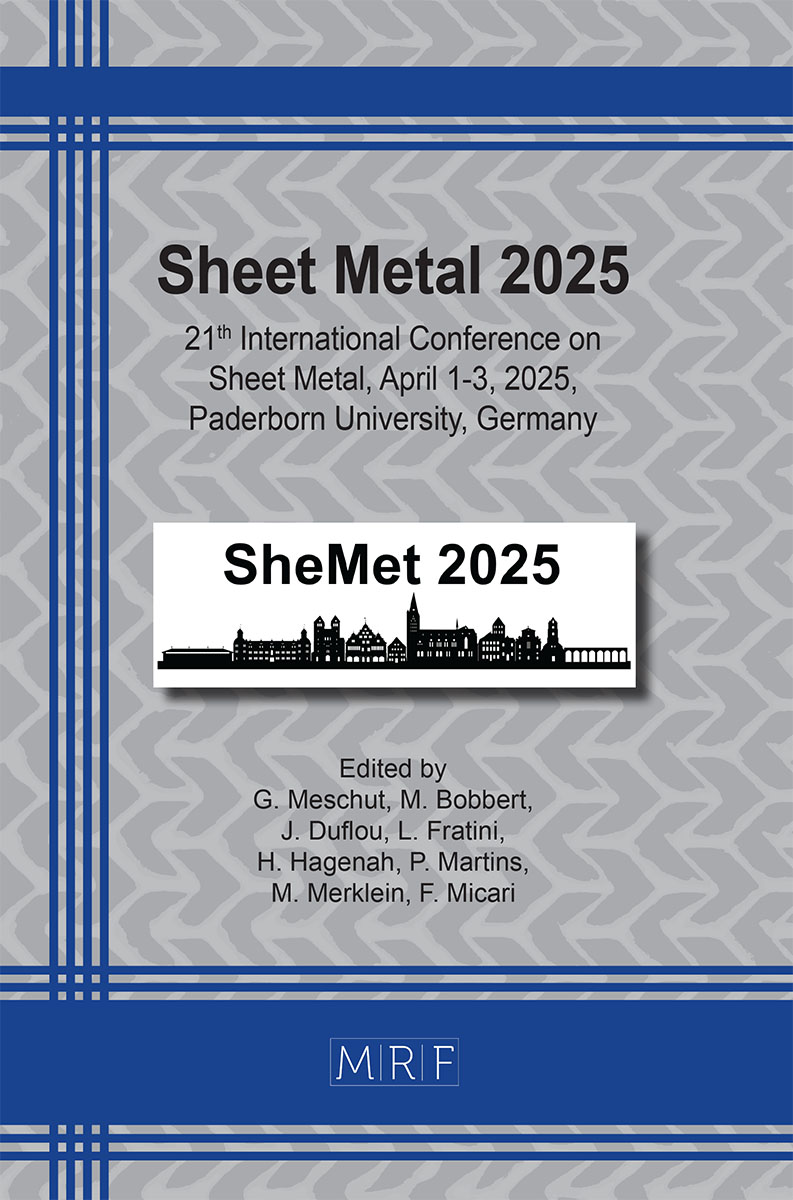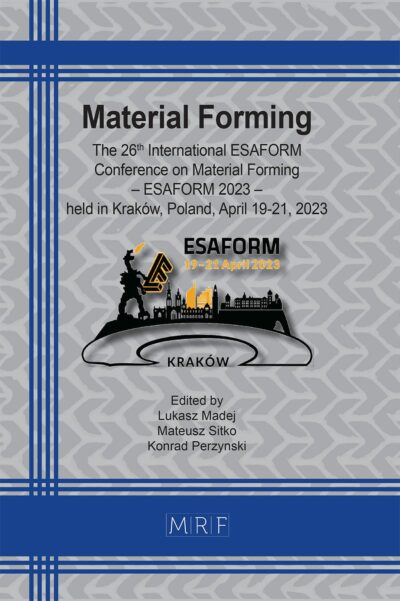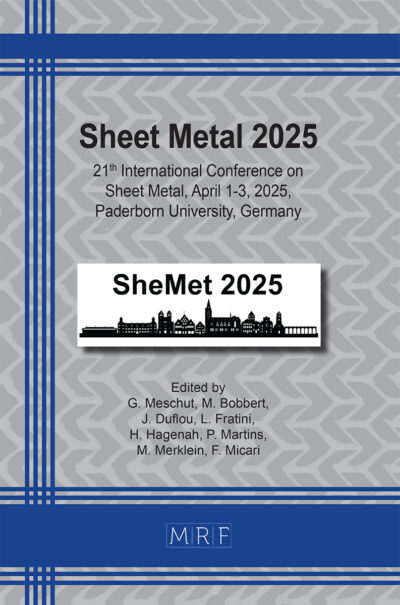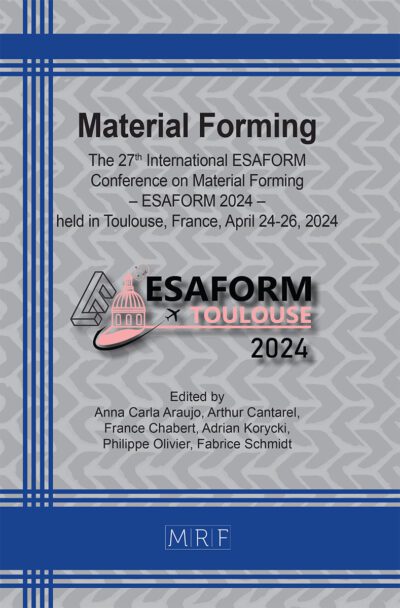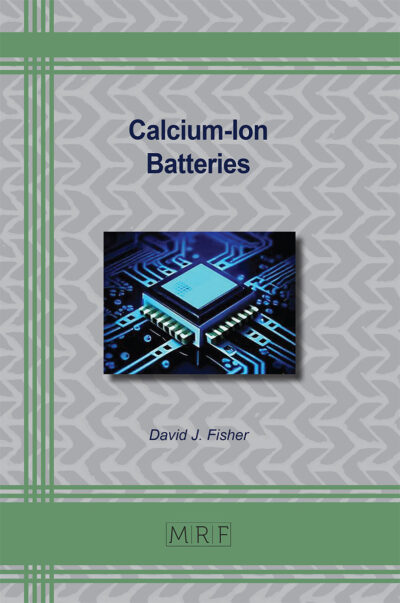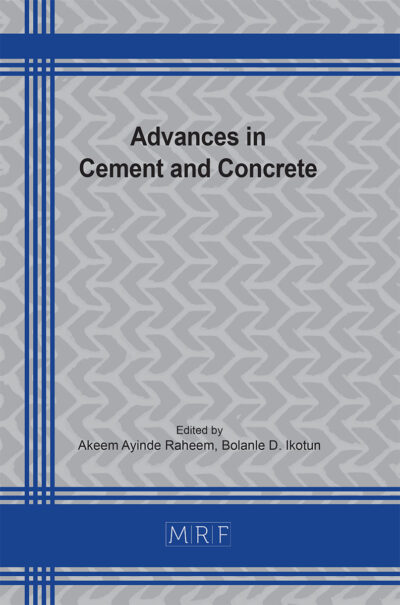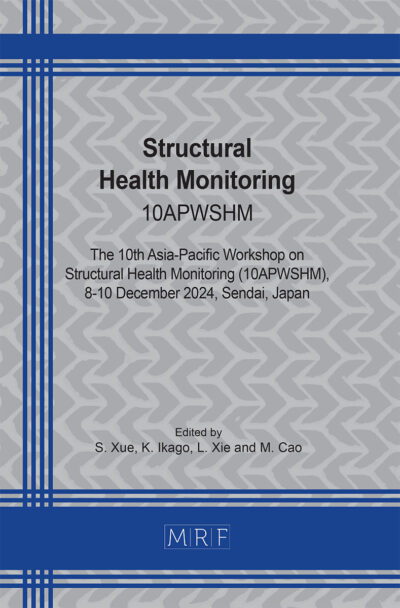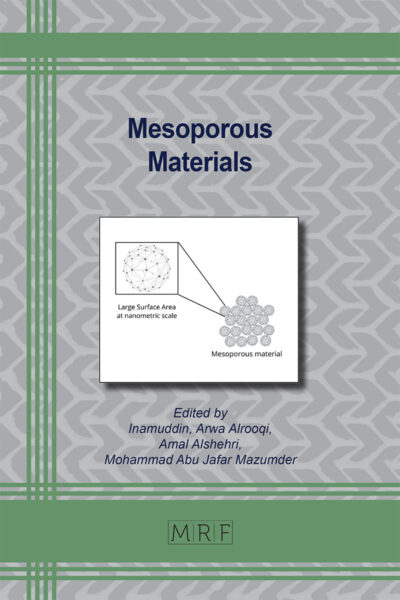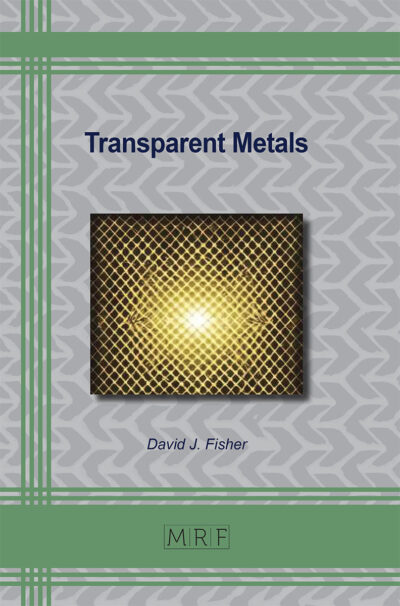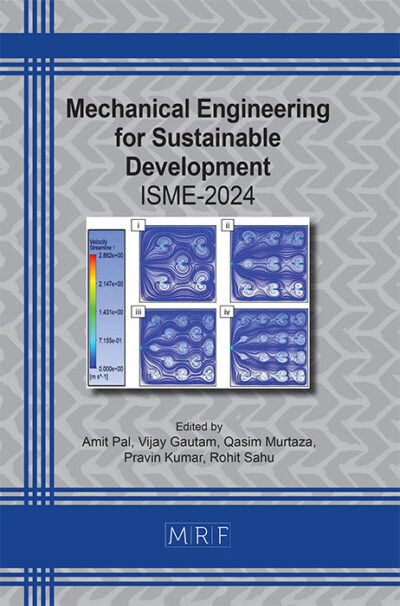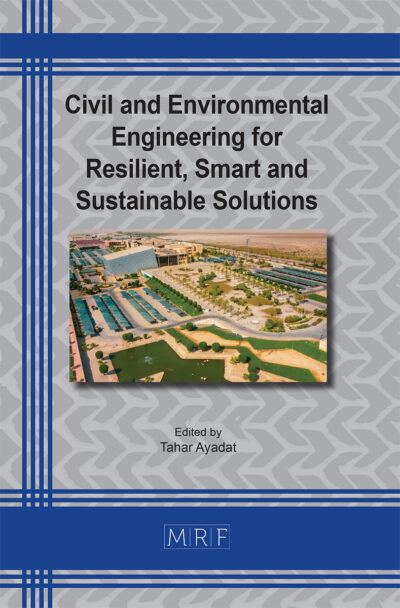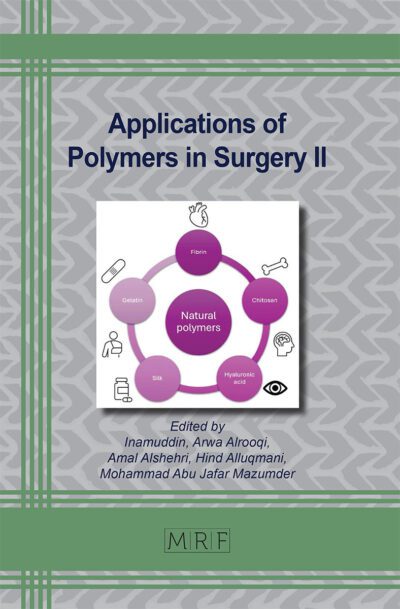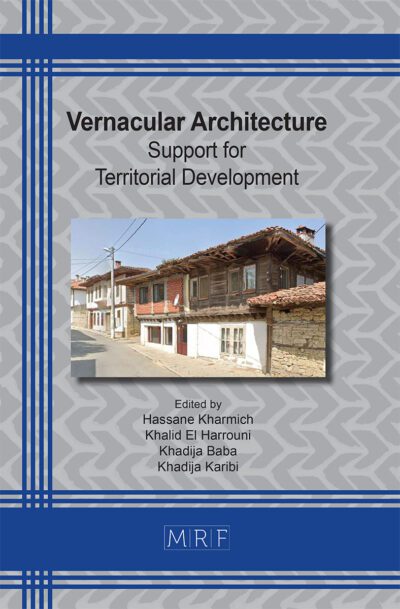Influence of the sampling procedure on the mechanical forming limits in the characterization of sheet metal foils
Jan Sommer, Max Meerkamp, Martina Müller, Tim Herrig, Thomas Bergs
Abstract. The aviation industry is committed to reducing its impact on the climate to meet political targets and enhance social acceptance. In particular, the ambitious climate protection targets of Flightpath 2050 require disruptive and revolutionary propulsion concepts. The use of fuel cell systems is one of these propulsion concepts and enables near carbon-neutral operation. A key component of the fuel cell is the bipolar plate, which is manufactured using sheet metal foil with thicknesses ≤ 100 µm. Failure-free forming of the sheet metal foil poses a particular challenge due to the high risk of cracking during forming. To evaluate the failure-free formability of the sheet metal foil, a numerical representation of the forming process is essential. A key parameter is the material-specific failure criterion (forming-limit-diagram (FLD)), which can be determined using Nakajima tests. Due to the low material thickness of the sheet metal foil, it is currently questionable what influence the sampling procedure of the required test specimens has on the resulting mechanical characteristic values. The aim of this paper is therefore to investigate the influence of the sampling procedure on the resulting failure limits in the Nakajima test, considering a corrosion-resistant austenitic stainless steel of type 1.4404. The results of this paper show that there is a strong correlation between the selected removal method, the resulting edge zone quality and thus also the determined material properties in the characterisation of foil materials. Machining and wire erosion of the foil using dummy sheets have been identified as promising removal methods.
Keywords
Bipolar Plate, Material Characterization, Specimen Removal
Published online 4/1/2025, 9 pages
Copyright © 2025 by the author(s)
Published under license by Materials Research Forum LLC., Millersville PA, USA
Citation: Jan Sommer, Max Meerkamp, Martina Müller, Tim Herrig, Thomas Bergs, Influence of the sampling procedure on the mechanical forming limits in the characterization of sheet metal foils, Materials Research Proceedings, Vol. 52, pp 201-209, 2025
DOI: https://doi.org/10.21741/9781644903551-25
The article was published as article 25 of the book Sheet Metal 2025
![]() Content from this work may be used under the terms of the Creative Commons Attribution 3.0 license. Any further distribution of this work must maintain attribution to the author(s) and the title of the work, journal citation and DOI.
Content from this work may be used under the terms of the Creative Commons Attribution 3.0 license. Any further distribution of this work must maintain attribution to the author(s) and the title of the work, journal citation and DOI.
References
[1] Europäische Kommission: Generaldirektion Mobilität und, V.; Europäische Kommission: Generaldirektion Forschung und, I.: Flightpath 2050 : Europe’s vision for aviation : maintaining global leadership and serving society’s needs. Publications Office, 2011
[2] Töpler, J.; Lehmann, J.: Hydrogen and Fuel Cell Technologies and Market Perspectives. 1st 2016. Aufl., 2016 https://doi.org/10.1007/978-3-662-44972-1
[3] Schutzrecht. Schutzrecht DE 10 2021 104 821 A1 (01.09.2022). Hagel, M. G., M. Brugger, S. : Verfahren zum Herstellen eines Werkstücks, insbesondere einer Bipolarplatte
[4] Porstmann, S.; Wannemacher, T.; Drossel, W. G.: A comprehensive comparison of state-of-the-art manufacturing methods for fuel cell bipolar plates including anticipated future industry trends. In: Journal of Manufacturing Processes. 60 Jg., 2020. S. 366-383 https://doi.org/10.1016/j.jmapro.2020.10.041
[5] Bong, H. J.; Barlat, F.; Lee, M.-G.; Ahn, D. C.: The forming limit diagram of ferritic stainless steel sheets: Experiments and modeling. In: International Journal of Mechanical Sciences. 64 Jg., 2012, Nr. 1. S. 1-10 https://doi.org/10.1016/j.ijmecsci.2012.08.009
[6] Bauer, A.: Experimentelle und numerische Untersuchungen zur Analyse der umformtechnischen Herstellung metallischer Bipolarplatten. Verlag Wissenschaftliche Scripten, 2020
[7] 120004-2:2021, N. D. Bestimmung der Grenzformänderungskurve für Bleche und Bänder July 2021: DIN, July 2021
[8] Sommer, J.; Müller, M.; Herrig, T.; Bergs, T.: Simulative and Empirical Investigation of Test Specimen Geometries for the Determination of Forming Limit States in the Tensile-Compression Range for Austenitic Stainless Steel Foil Material. Cham: Springer Nature Switzerland, 2024 https://doi.org/10.1007/978-3-031-42093-1_25
[9] Briesenick, D.; Liewald, M.; Radonjic, R.; Karadogan, C.: Enhanced accuracy in springback prediction for multistage sheet metal forming processes. Berlin, Heidelberg: Springer Berlin Heidelberg, 2019 https://doi.org/10.1007/978-3-662-60417-5_11
[10] Förster, R.; Förster, A.: Einteilung der Fertigungsverfahren nach DIN 8580 in Einführung in die Fertigungstechnik. Berlin, Heidelberg: Springer Berlin Heidelberg, 2018 https://doi.org/10.1007/978-3-662-54702-1_2
[11] Angeloni, C.; Liverani, E.; Ascari, A.; Fortunato, A.: Characterization and process optimization of remote laser cutting of current collectors for battery electrode production. In: Journal of Materials Processing Technology. 324 Jg., 2024. S. 118266 https://doi.org/10.1016/j.jmatprotec.2023.118266

